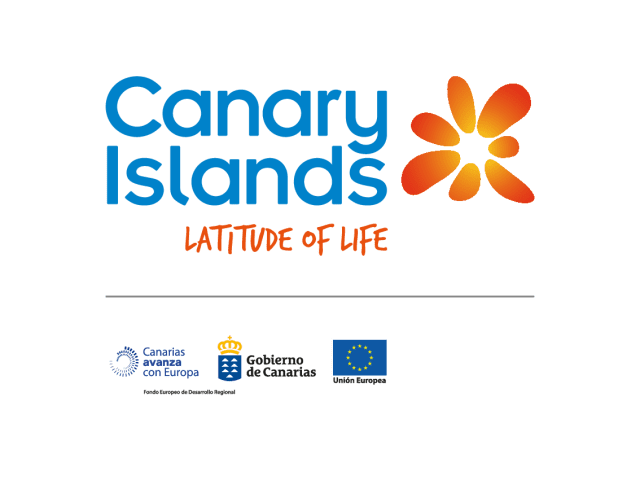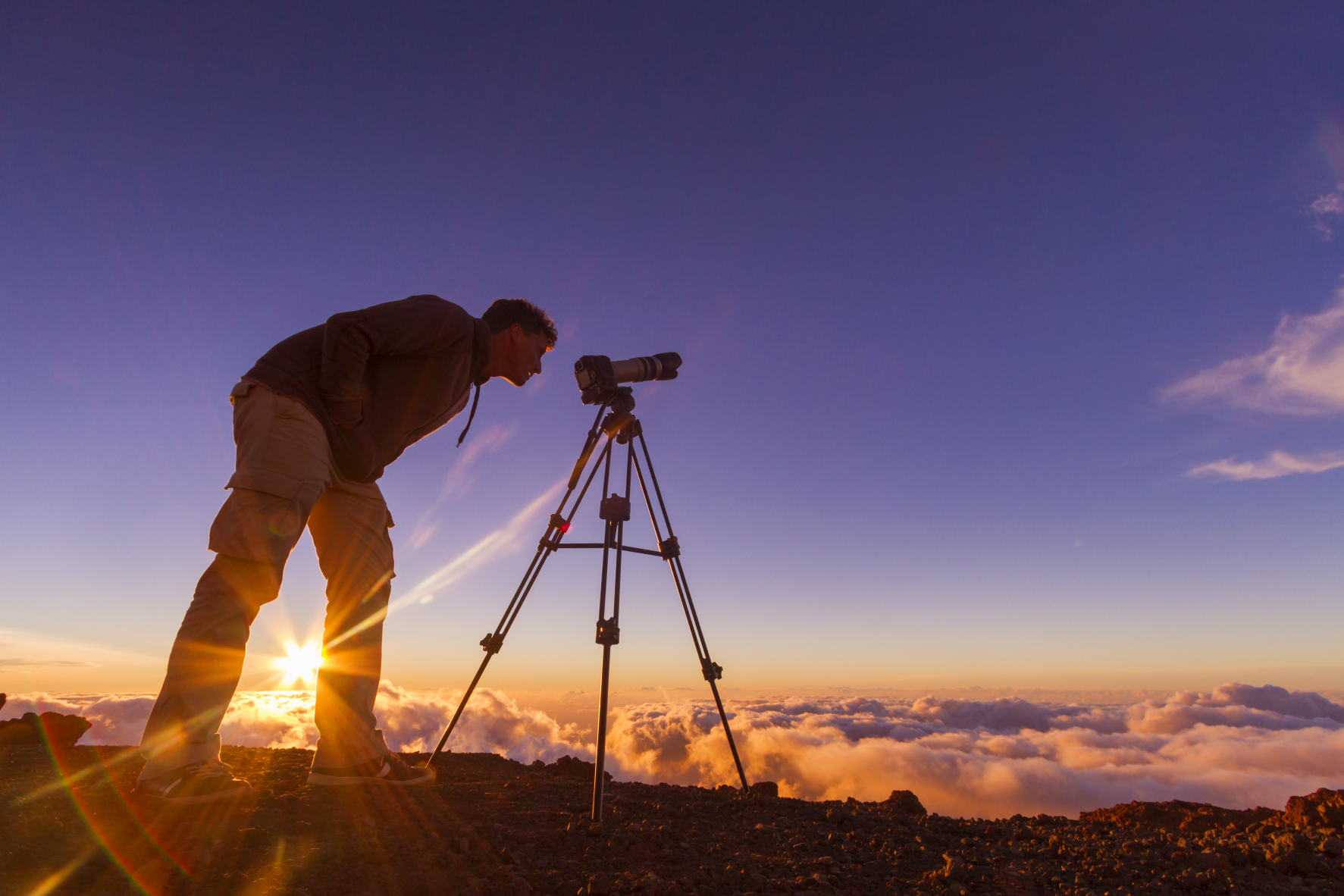 Known as the Isla Bonita, the beautiful island, La Palma has all the makings for a perfect night sky; altitude, dry air and a lack of light pollution, and local legislation ensures it will stay that way, making it the perfect location to watch this year’s Persiods meteor shower, one of the best celestial displays in the solar system.
Known as the Isla Bonita, the beautiful island, La Palma has all the makings for a perfect night sky; altitude, dry air and a lack of light pollution, and local legislation ensures it will stay that way, making it the perfect location to watch this year’s Persiods meteor shower, one of the best celestial displays in the solar system.
As the most north-westerly island of the Canary archipelago, La Palma’s position in the Atlantic Ocean together with its altitude of 2,396 m above sea level, makes it one of the best places in the world for stargazing.
Walking at night on La Palma is a unique experience: you not only have a clear, uninterrupted view of the stars, but at times it feels like you can almost touch them.
At 2,396 metres above sea level, the Roque de los Muchachos Observatory is one of the best places in the world for astronomy. The Observatory is home to one of the most extensive fleets of telescopes in the world. It also offers breath-taking views of the Caldera de Taburiente, the biggest crater in the world, 1,500 metres deep and covered in trees and amazing volcanic rock formations.
The Roque de los Muchachos is also home to the Instituto de Astrofísica de Canarias (IAC), one of the world’s best centres for astronomical research. Members of the international scientific community are allocated hours to use its powerful telescopes, throughout the night all year-round.
The Joy of Stargazing
Everybody falls into a state of happiness when they see the stars, and the people of La Palma love showing visitors just how clear, close and wonderful their night sky is.
In 2012, astrophysicist, Ana García Suárez, started the island’s astrotourism operator, La Palma Astronomy Tours (www.lapalmastars.com). Her business is now renowned in the international tourism sector, thanks to the quality of the island’s night sky and the phenomenal experience La Palma Astronomy Tours offers. Visitors are taken to La Palma’s best viewing points, the giant telescopes of the Roque de los Muchachos Observatory, participate in astronomy workshops, and take night photography courses. La Palma Astronomy Tours even offer a Tapas and Stars tour, an activity that combines tapas with astronomy in the incomparable setting of the San Antonio Volcano and its visitor centre.
The highlight of the astronomy calendar is the Perseids meteor shower, which peaks on the night of August 12th and early morning of August 13th.
Astrotourism in La Palma
The stars also light up the eyes of Ana Castañeda Pérez, executive at the Tourism Service of the Cabildo. She wears a string of them around her neck. They are designed by one of the 300 member companies of the Grupo de Emprendedores de Astroturismo, a group that helps promote La Palma as ‘the island of stars.’
Pérez explains that seeing astrotourism grow is one of her “greatest joys”. La Palma has become a global benchmark in terms of sky protection, and the development of astrotourism. Legislation drafted in 1988 protects the La Palma from light pollution, invasive air traffic and guarantees everyone can enjoy the island’s incredible night sky.
In recent years, La Palma has increased investment in astrotourism. The island’s already impressive network of walking tracks will now have more signage pointing to the best night time viewing points, and hotels and casas rurales are starting to provide guests with telescopes.
Construction is currently underway of a visitor centre at the Roque de los Muchachos Observatory, and the Mendo Environmental and Recreation Complex, a new venue for amateur stargazing.
On any given night in La Palma, you can find people enjoying the beauty of the sparkling night sky. Scientists at the Roque de Los Muchachos Observatory collect data on the colours of distant stars before they disappear altogether; a night runner looks skywards, drawing in the energy she needs for the final sprint home; from a balcony, looking out to the stars, a couple embrace and at that moment come closer to their own destiny.
For information on astrotourism on La Palma, including, viewpoints, nocturnal walking tracks and visits to the Roque de los Muchachos Observatory, please visit www.hellocanaryislands.com and www.starsislandlapalma.es
IMAGES: https://www.dropbox.com/sh/w74bv3zu3gtxyog/AADjJS4rvrQeRnU600lzNlSba?dl=0
ENDS
For more information on the Canary Islands please contact Niamh Waters niamh@travelmedia.ie

